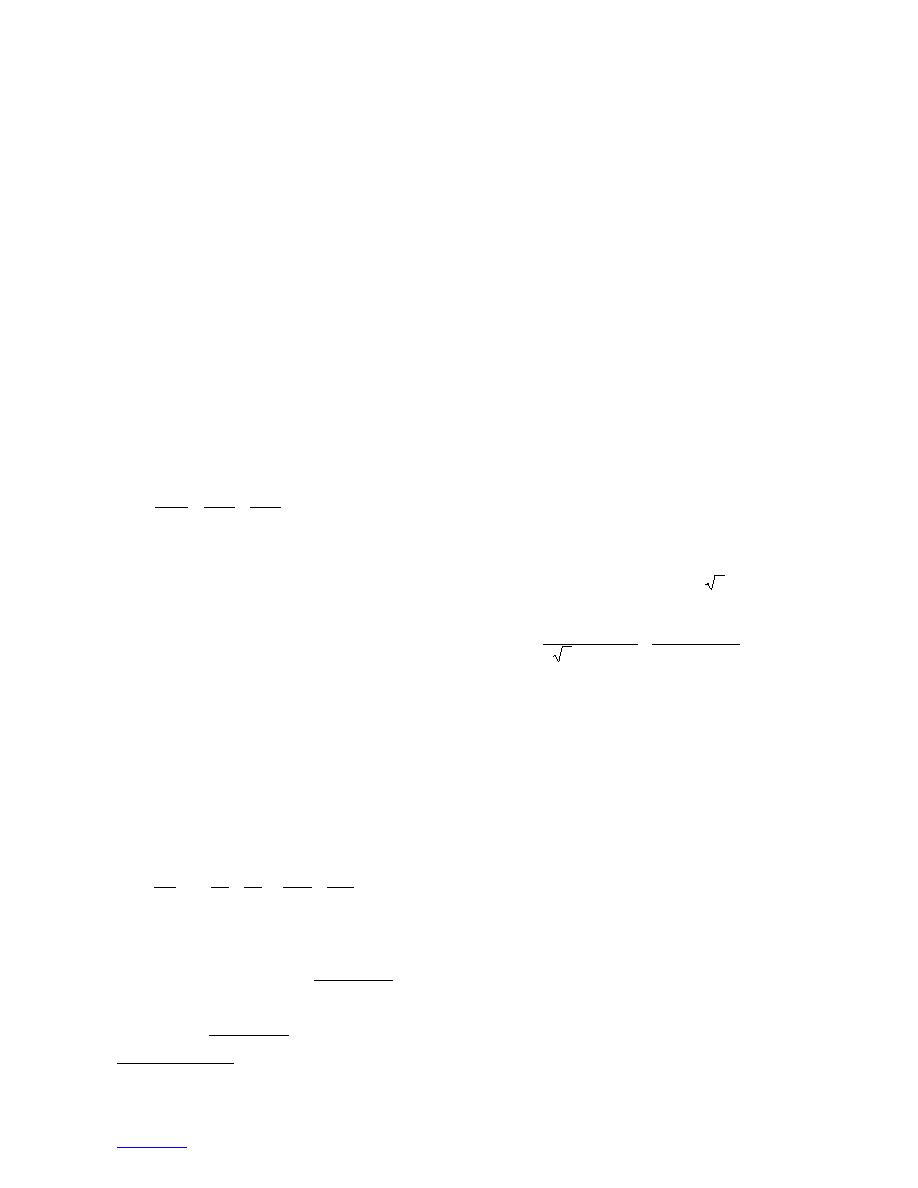
PAn= 0.2359/ dv
(5c)
water. For a similar impurities concentration, the tighter
roughly one third that of PAv. The water re-entry pres-
curvature and increased surface tension of the air/liq-
sure is again half of this.
uid interface imply a lower equilibrium temperature
relative to the saturated state (i.e., eq 3). Heat flow
PWn= 0.1180/ dv.
directed towards this colder region fosters melt.
(5d)
Mechanical equilibrium and increased pressure also
suggest surface melting of the newly exposed vein wall.
In a series of interconnected pores, the smallest pore
Without proposing a detailed equilibrium geometry for
will block the entry of air and the largest pore will block
the unsaturated vein, we raise the possibility that veins
the re-entry of water. In this idealized scheme of alter-
exposed to air will change curvature and enlarge. This
nating veins and nodes, the air-entry pressure and water
process is limited by dilution of the impurities by melt-
re-entry would be PAv = 0.6600/dv and PWn = 0.1180/
water.
dv. For a vein diameter of 0.1 mm these evaluate as 6.6
To describe water flow in ice, we also need to esti-
kPa and 1.2 kPa. This scheme thus predicts a highly
mate the permeability of the vein system. We use the
hysteretic moisture tension curve for ice.
hydraulic radius rH (2 vein area/vein circumference) to
When air replaces water within the vein system,
mechanical and thermal equilibrium at the newly
describe an equivalent radius for a cylindrical conduit.
formed triple-phase junction is suddenly altered (point
Lliboutry (1996) computes permeability from
A in Fig. 8b). Application of the Laplace equations to
Pouseilles' equation, multiplied by the vein density and
the three interfaces defines the mechanical equilibrium
divided by a tortuosity factor. Since water flow is con-
(Colbeck 1979)
2σal 2σ il 2σ ia
stricted by the smallest pores in the network, we also
=
-
(6)
add a vein diameter distribution factor (Dullien 1992).
ral
ril
ria
If the vein system consists of veinnode doublets with
where σia is the iceair surface tension (0.109 J m2),
(1 + b4) times that with the larger size alone. Taking
vein density as 2/G2 and tortuosity as 2 , the ice per-
curvature of the three interfaces. Figure 8c shows an
open groove configuration, where pressurized air
meability ki is then
bounds the upper liquid surface. Here ral = 2ra, r il =
1.94 10 -3 dv
π rH
4
4
2rg and ria = 2 rv′ , where rv′ is the radius of curvature
ki =
=
.
(9)
G2 (1 + b4 )
2 2G2 (1 + b4 )
of the exposed ice surface. The higher surface tension
of the air/liquid interface dictates the groove's flared
Thus for dv = 5 105 m, G = 3.5 103 m, and b = 2,
shape. Within a vein, these grooves must configure
ki is 5.82 1017 m2. The permeability of ice is below
within an equilateral triangle, as shown in Figure 8b.
In order to meet this additional restraint, we derive a
that for soils of comparable pore size because of the
somewhat surprising solution (not included in the re-
low vein density.
port) in which the curvature of the vein walls changes
ki computed with eq 9 is the intrinsic or water-saturated
from positive to negative.* If pressures in the liquid
value. Air blockages in unsaturated ice can greatly
and ice are expressed relative to gauge pressure, eq 1
reduce this value.
defines a new equilibrium temperature for the ice/wa-
ter interface:
EXPERIMENTAL RUNS
1
σ
1 σ
We made several runs for each of the samples, using
T0
- - al - ia - KF C (7)
∆T =
pG
the experimental setup described above. Several of these
g
ρl ρl ρlra ρirv
Lil
were marred by temperature fluctuations and are not
reported here. For each run, we incrementally cycled
which evaluates as
the gauge pressure from 0 through 1 bar and back. Each
pressure level was held for about two days or until the
6.143 10 -8
-7.413 10 -8 pG
∆Tg =
-
water level stabilized. We report only the equilibrium
ra
water level. Because of the long equilibrium times for
ice, each run required many weeks to complete. Prior
9.736 10 -8
-
- 1.855 Cg
(8)
to a run, we rotted the ice sample for several days at a
rv
fixed bath temperature to obtain a given vein dilation,
as shown in Figure 6. We noted the amount of water
* The solution is available from the authors upon request.
8



 Previous Page
Previous Page
